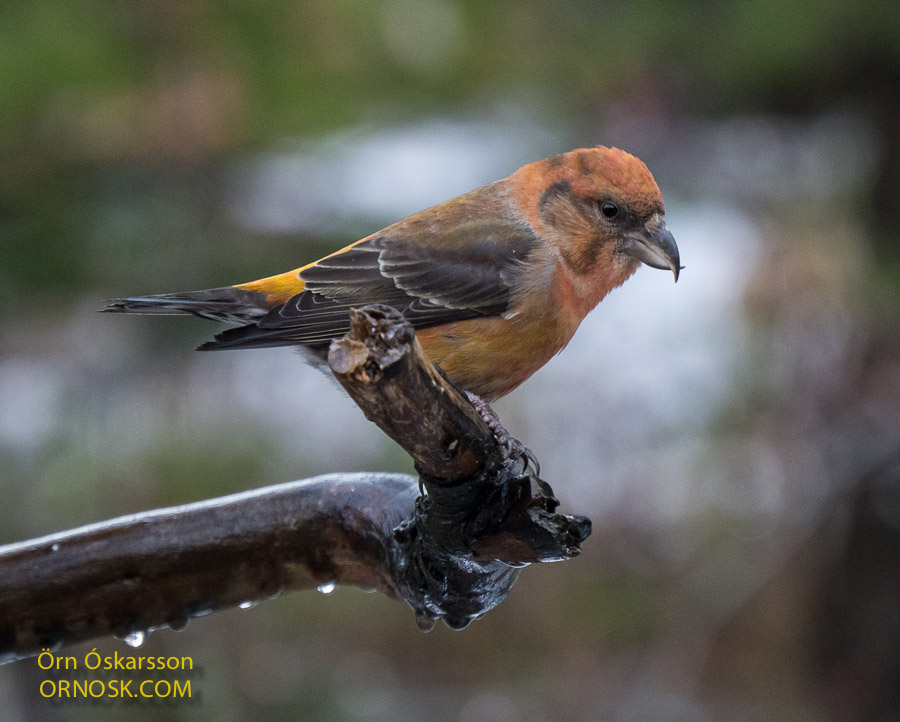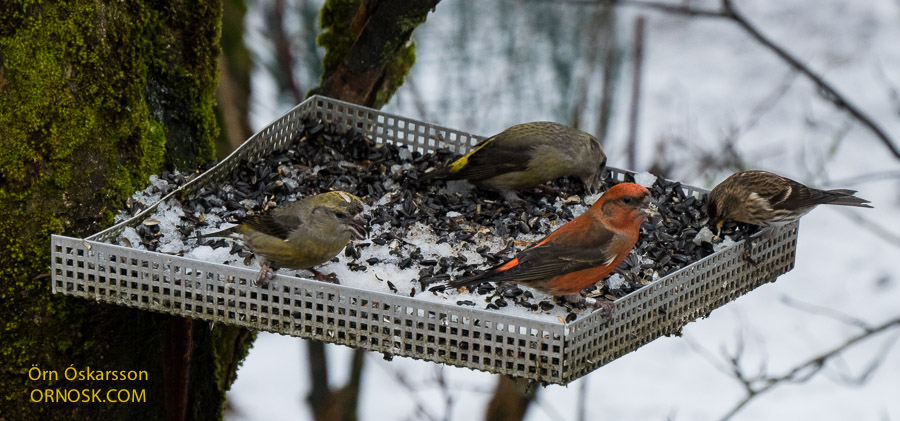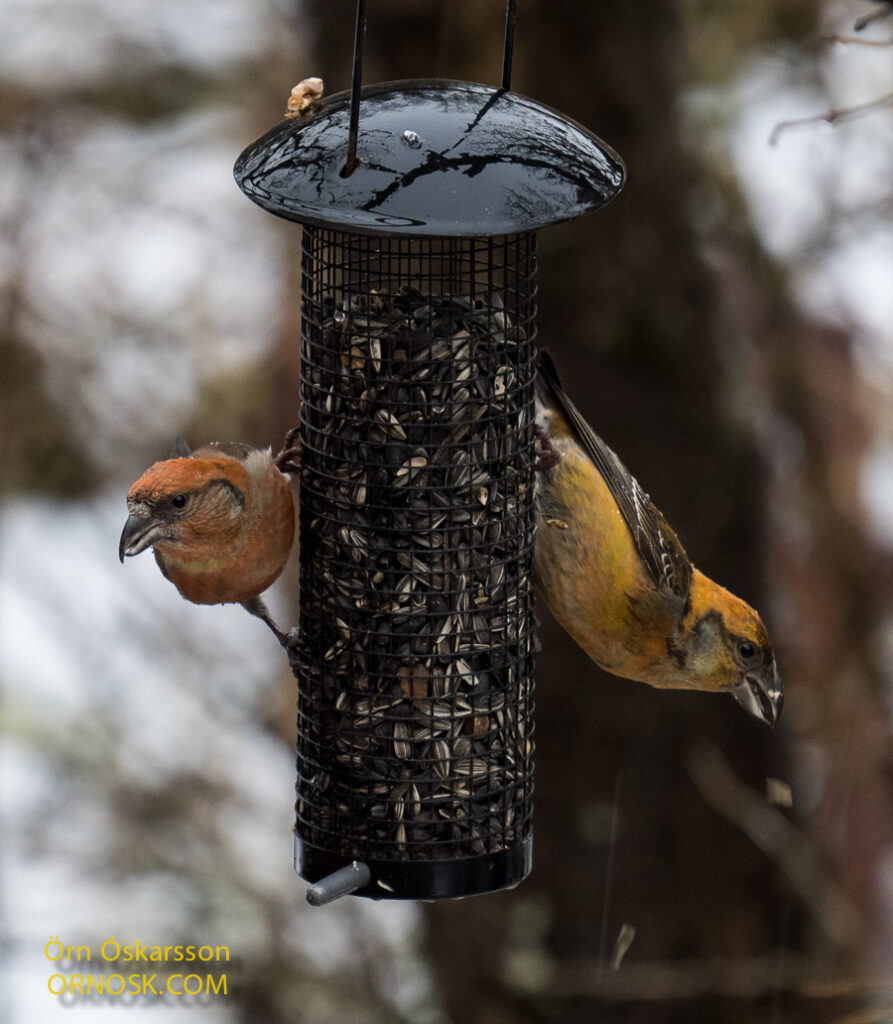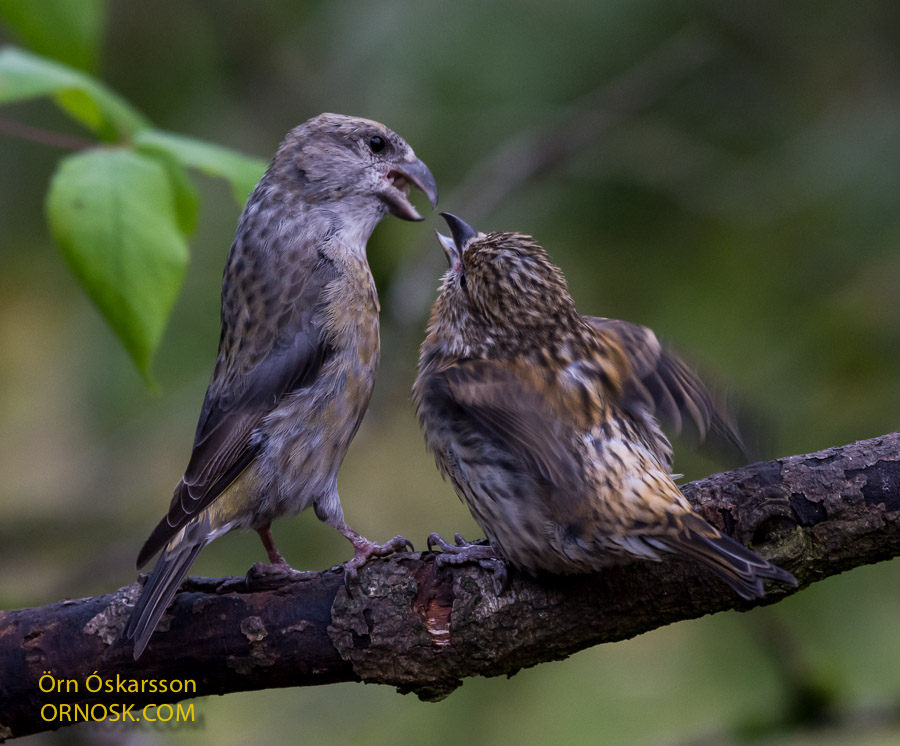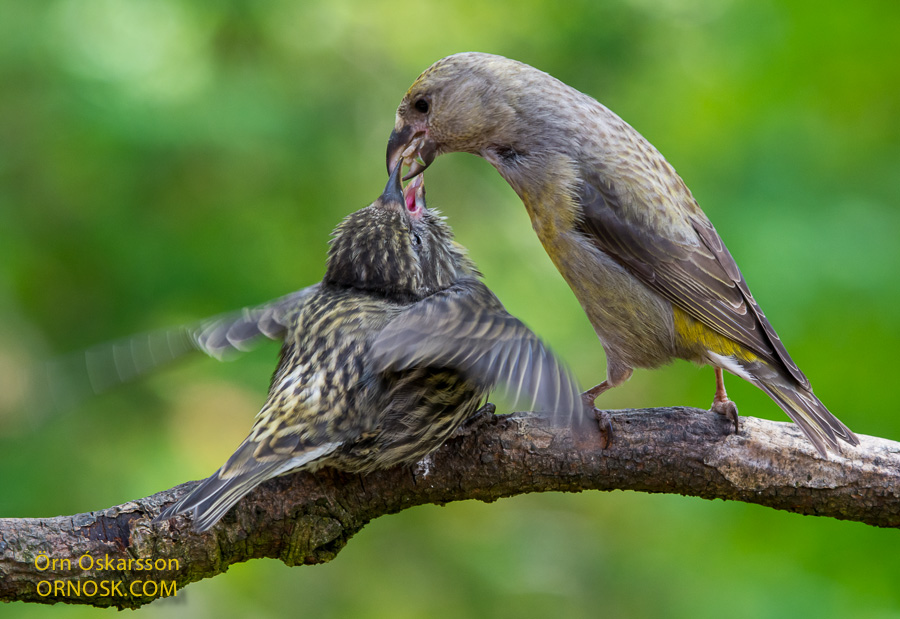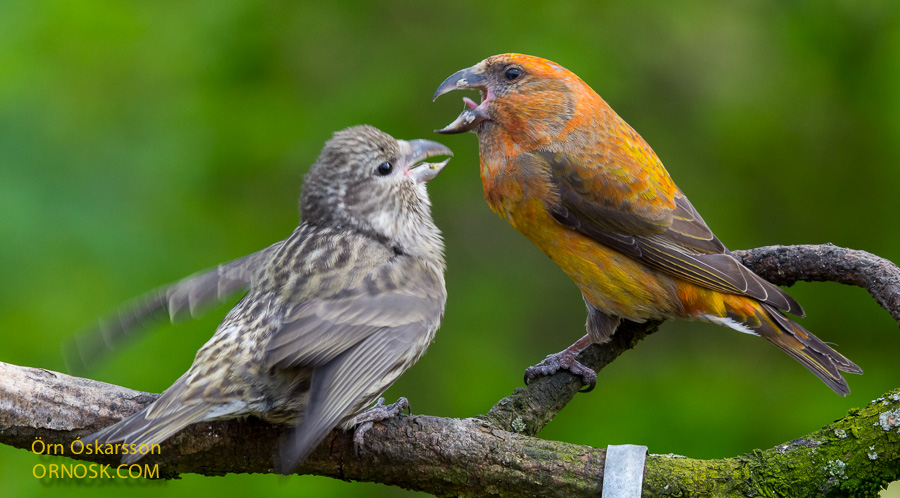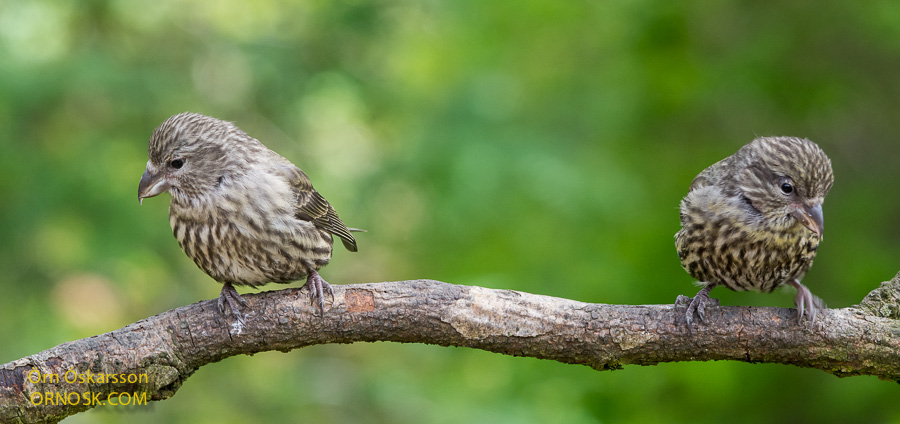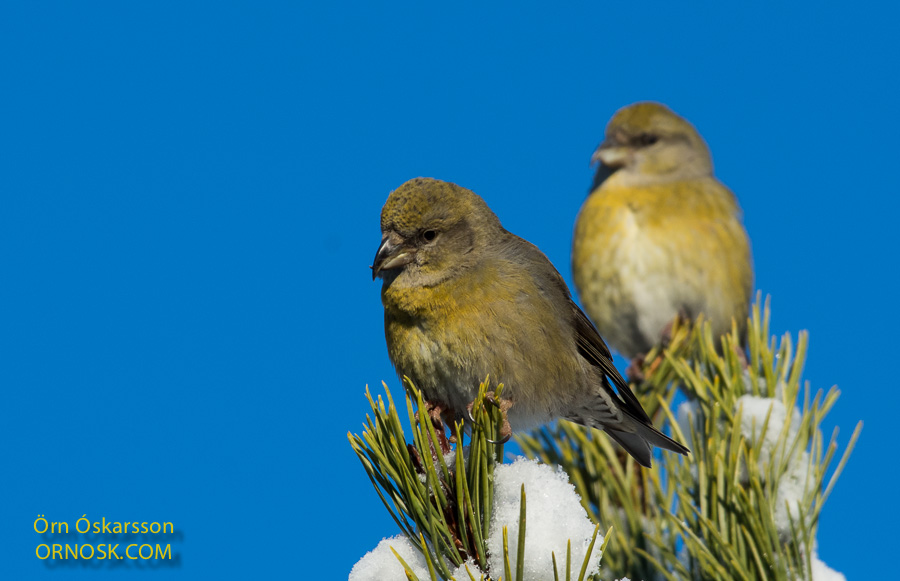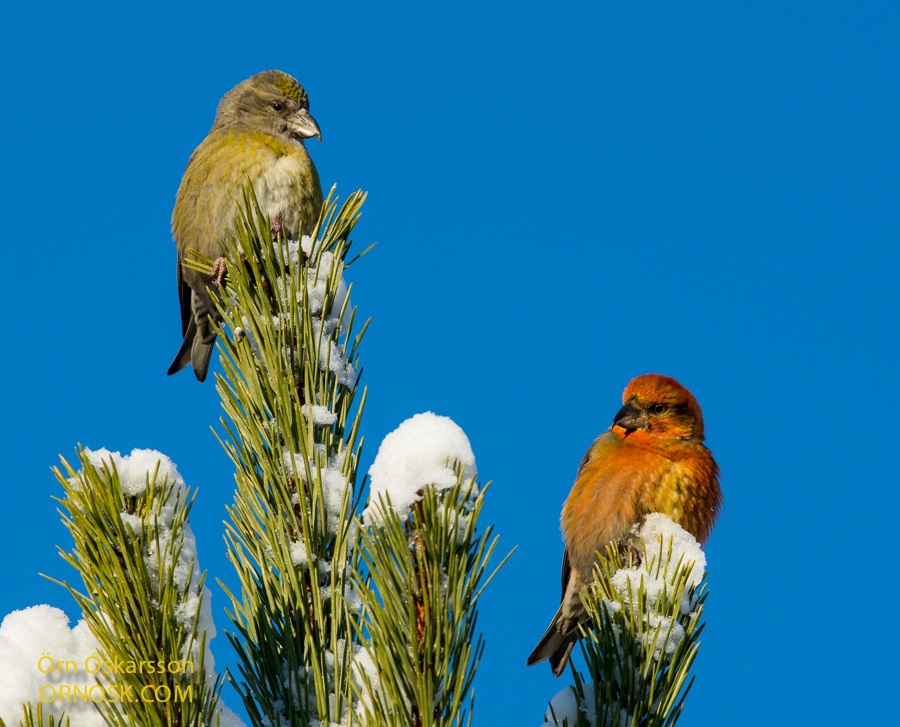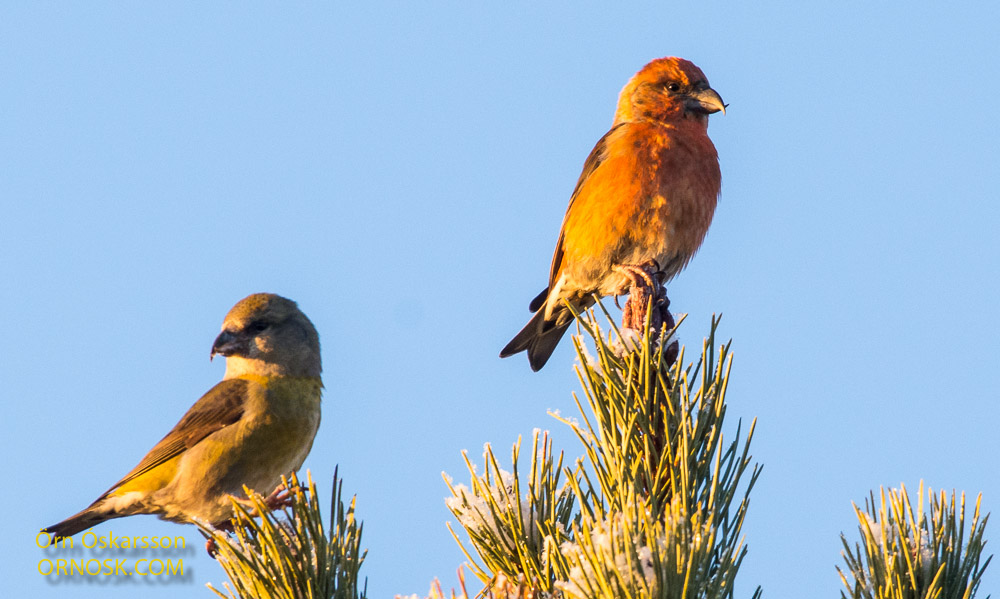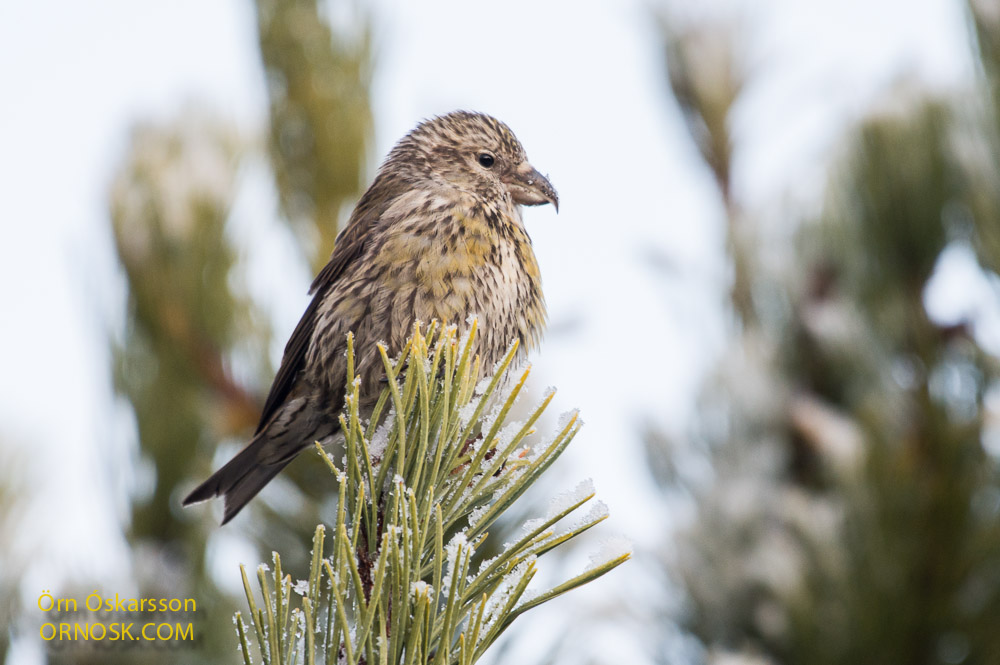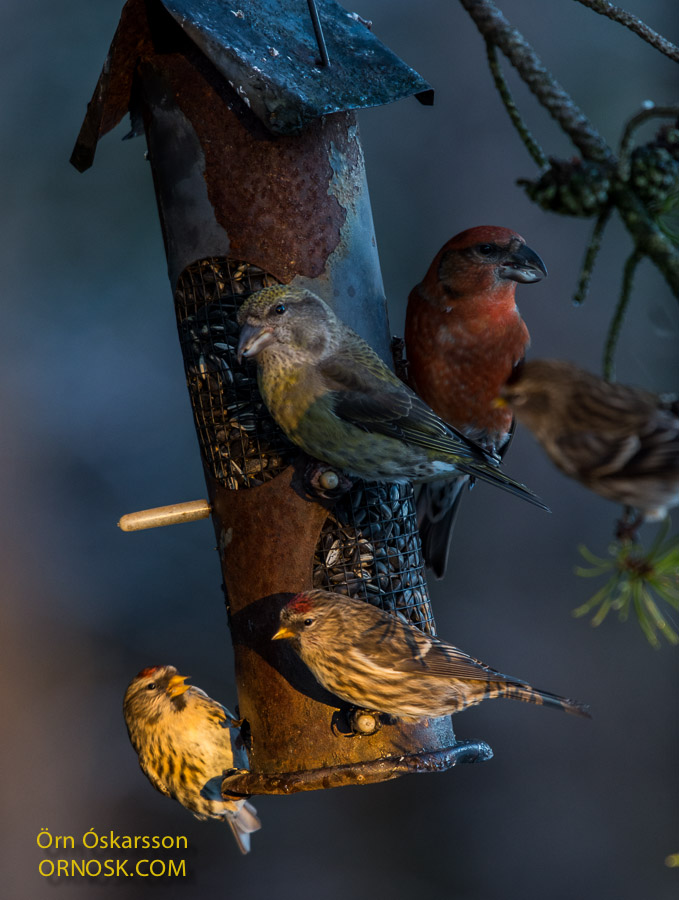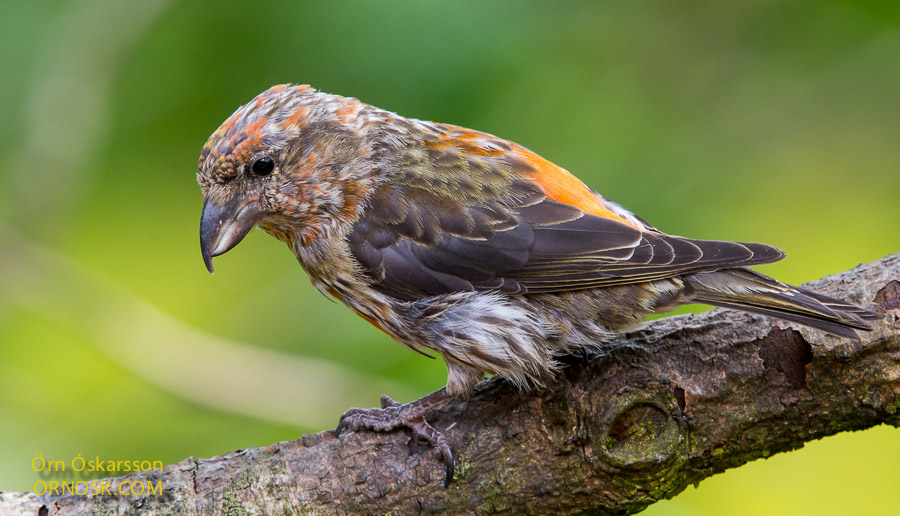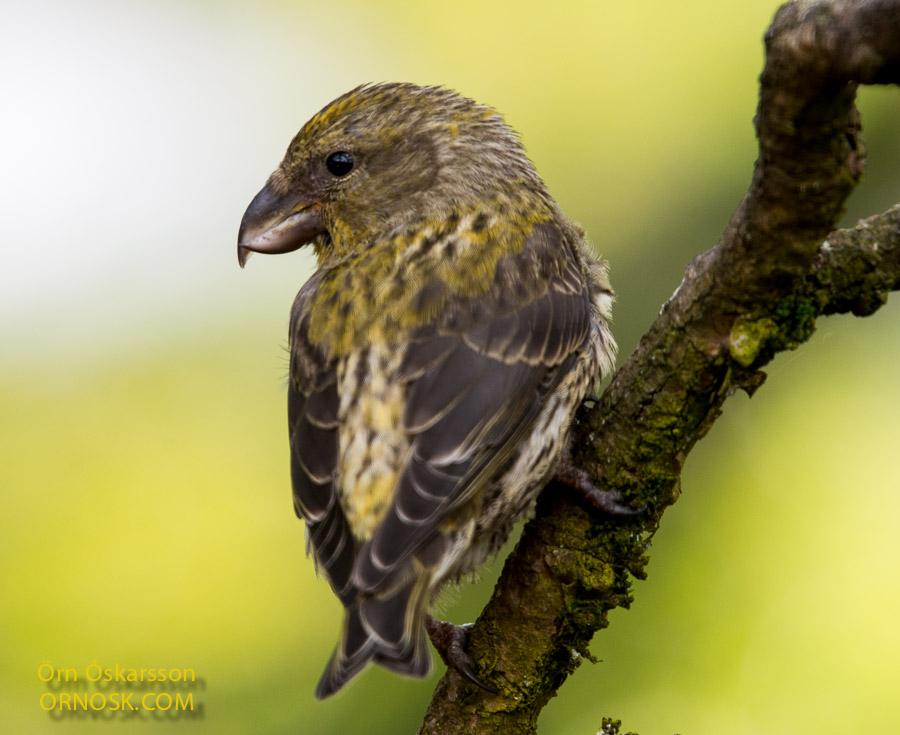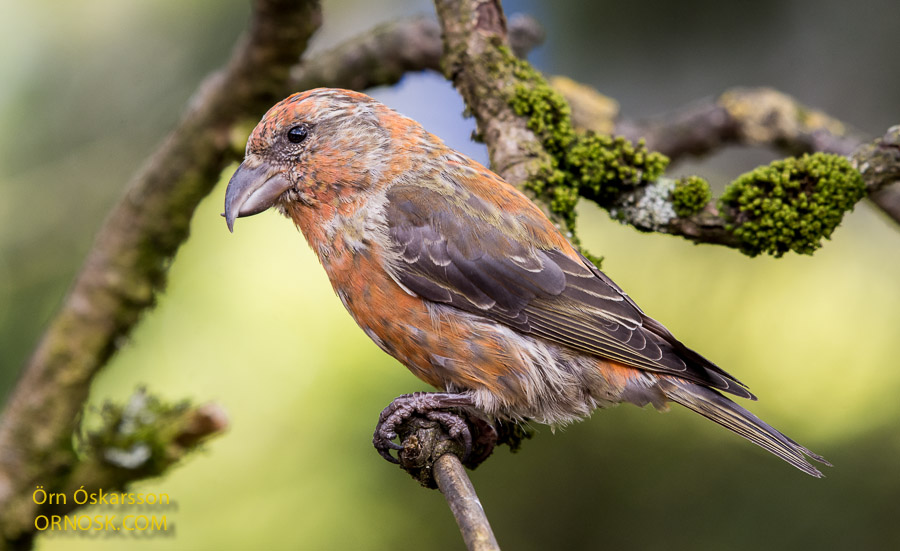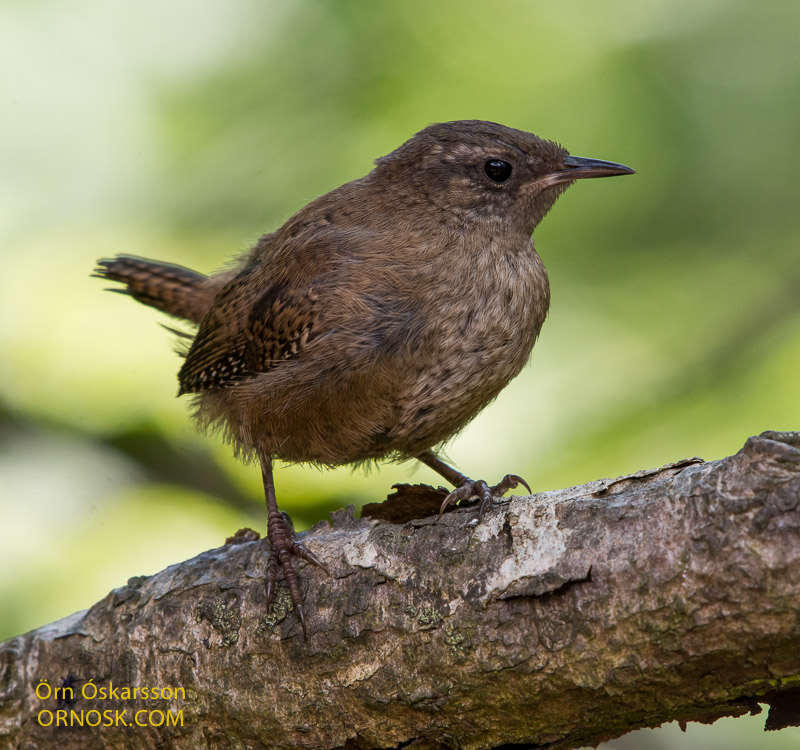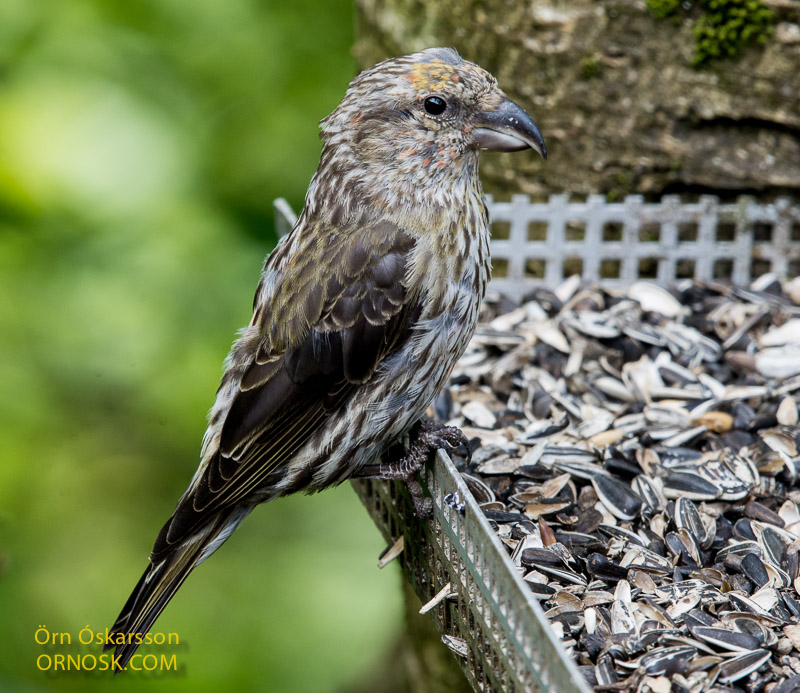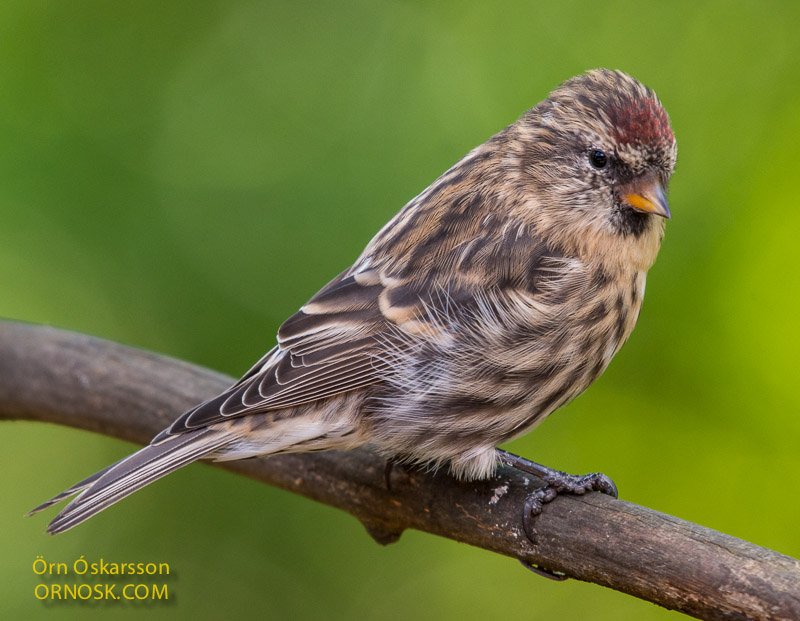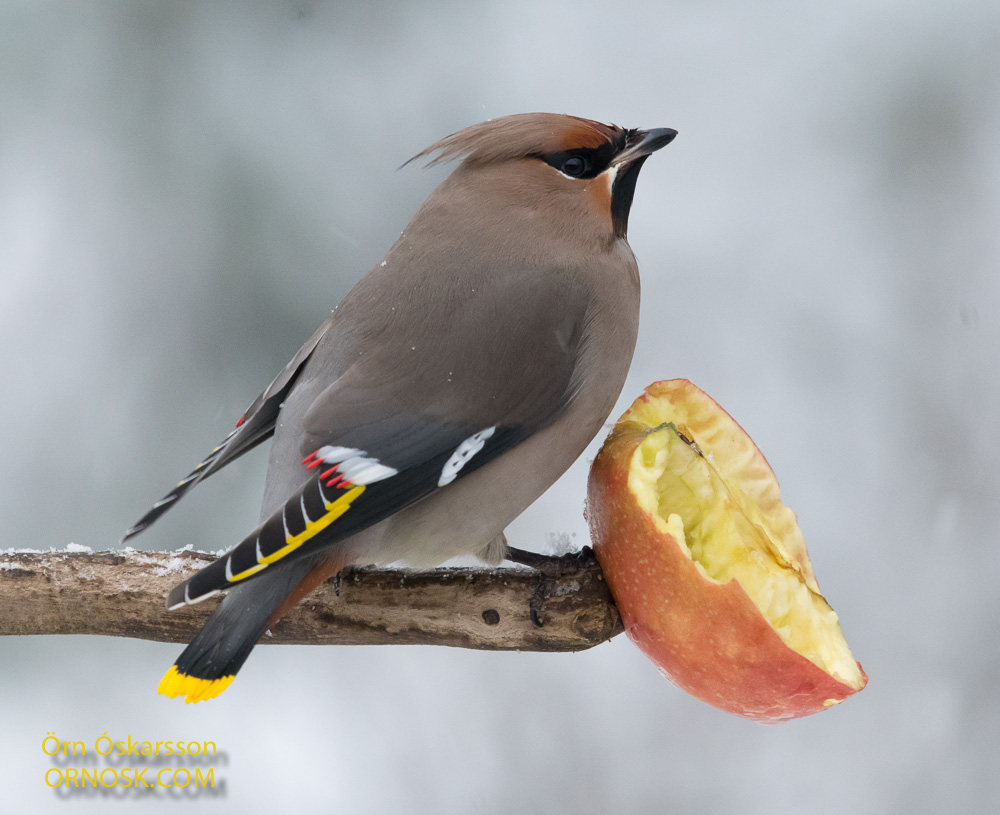
The garden has been teeming with birds this Christmas. Some very rare visitors that we don’t see every year. Keeping them fed has been one of the Christmas chores and a happy one.
Three Bohemian Waxwings have decorated the garden with their stay. Their beautiful colours are hard to match.
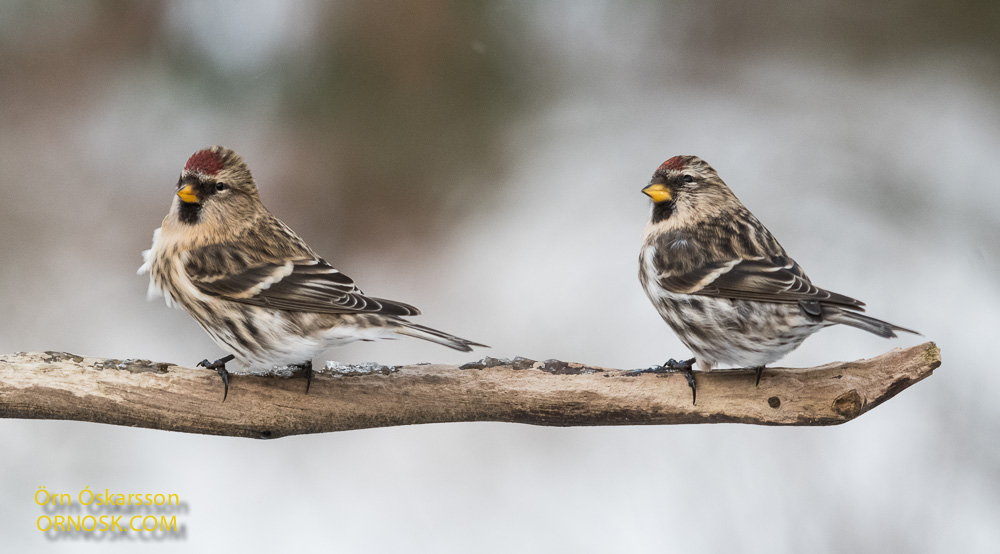
Redpolls stay with us most of the year and in winter they are never far away. There have been at least 20 – 25 every day.
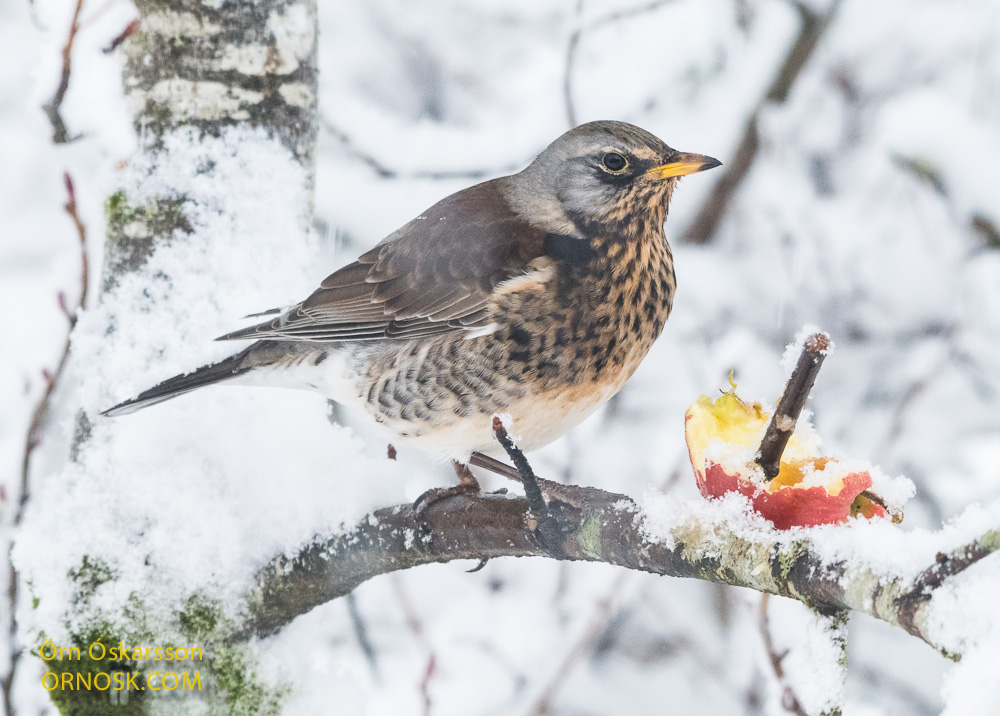
Fieldfares very seldom grant us the favour of a visit at Christmas. Now we have had four of them most days. They are quite dominating and find it hard to share food with the others.
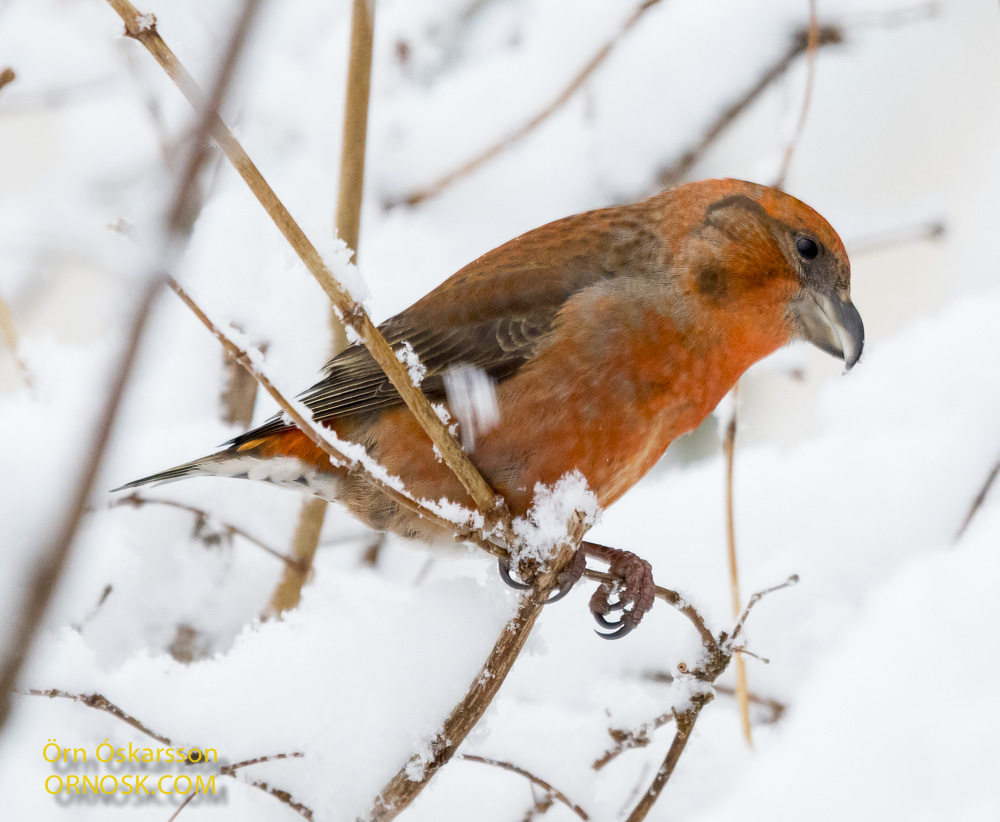
The Crossbills are peaceful birds and their lovely colours make them stand out now when everything is covered in snow. Five of them have come here to feed daily and mingle with the other visitors.
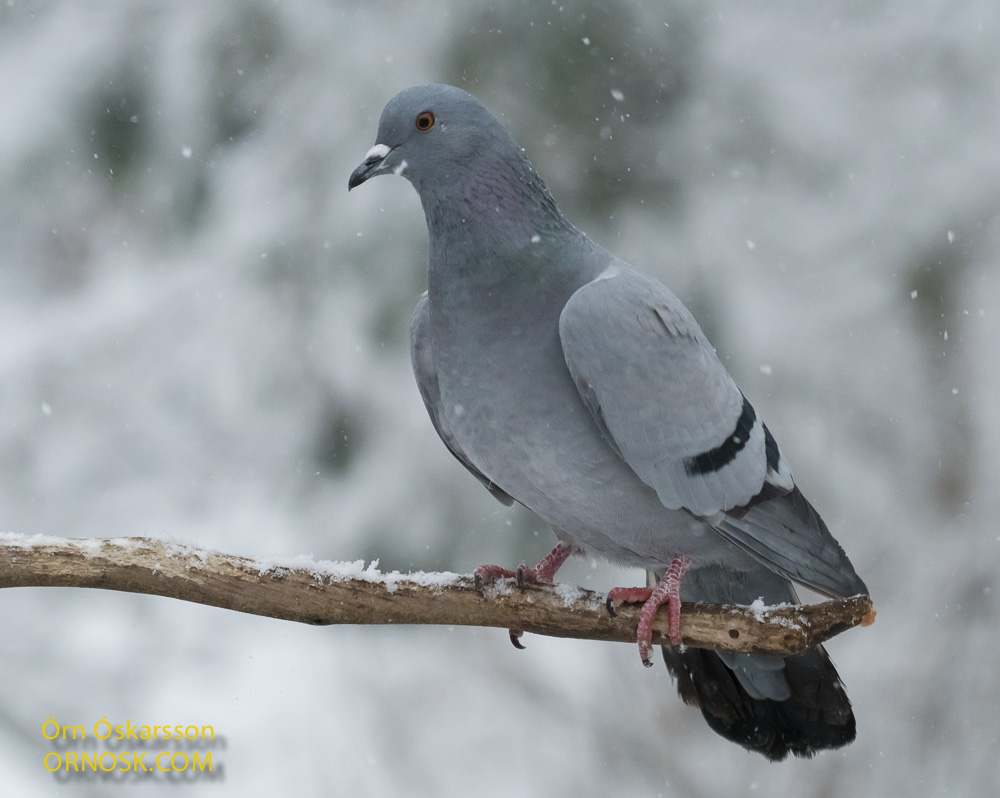
Now Rock Doves are becoming more and more common here in the garden and they make good use of the sunflower seeds that we put out. They are here in the dozens and we are sad to admit that we sometimes wish they would go somewhere else once in a while.
Other birds in the garden are Redwings, Blackbirds, Snow Buntings, Starlings and one very Christmassy Robin.

